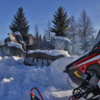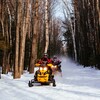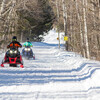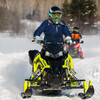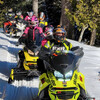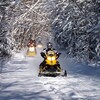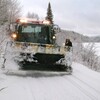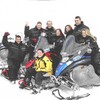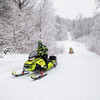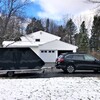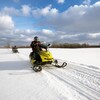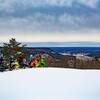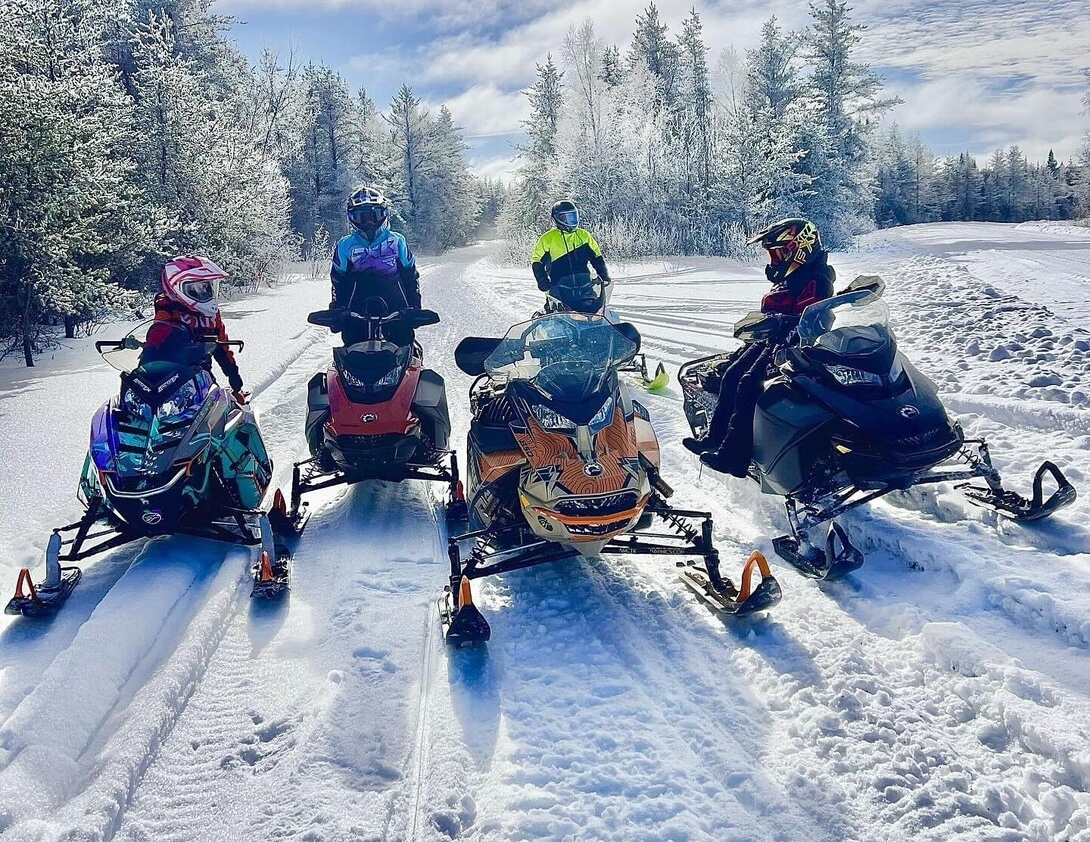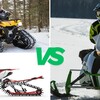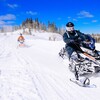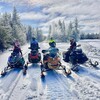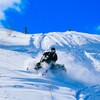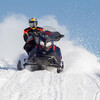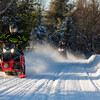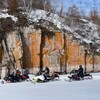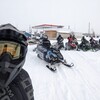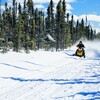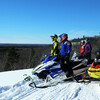
Sustainable Snowmobiling in Ontario
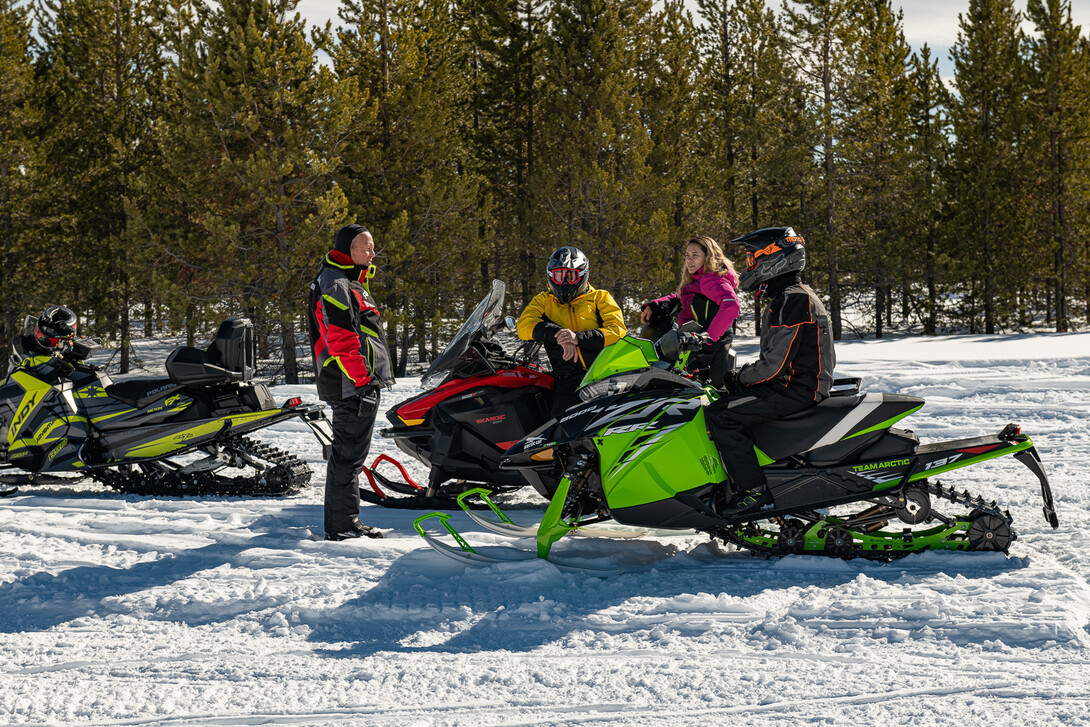
Ontario has a world-class snowmobile trail network thanks to the Ontario Federation of Snowmobile Clubs (OFSC), that spans more than 30,000 km. As snowmobiling continues to expand, Ontario’s snowmobile organizations are keeping the environment top of mind. This includes doing the right thing to protect the trails and ecosystem for future generations, as the International Snowmobile Manufacturers Association (ISMA) encourages in its “Take the Pledge” campaign.
Since the sport is fundamentally about people wanting to enjoy the great outdoors, I wanted to be sure we were all on the same page—so I reached out to Ed Klim, ISMA’s executive director. He brought me down to “Mother” Earth, by pointing out that snowmobile manufacturers live, play, and have the same stake in our great planet as environmentalists like me.
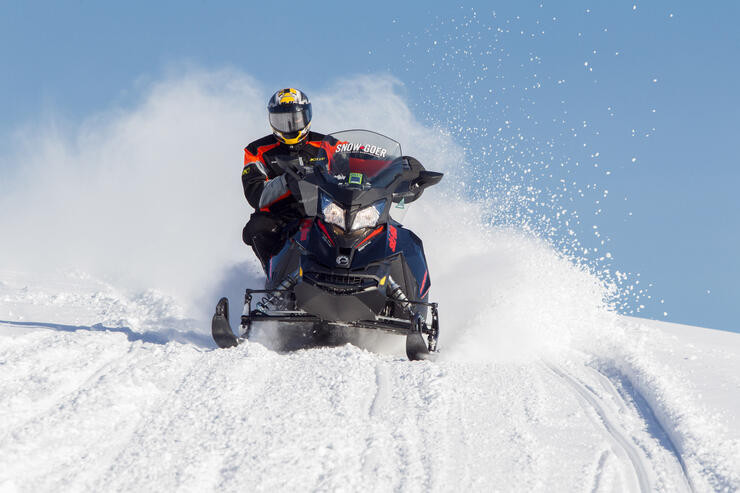
Emission Regulations Extend to Snowmobiles
Fortunately, standards have been set that Klim said have been gladly accepted by snowmobile manufacturers. Under the Canadian Environmental Protection Act 1999 (CEPA 1999) [3288], Environment Canada has the authority to regulate emissions from on-road engines, as well as from most categories of off-road engines. Regulations have been adopted to control emissions of criteria air contaminants as well as greenhouse gases. In 2011, the Marine Spark-Ignition Engine, Vessel and Off-Road Recreational Vehicle Emission Regulations [3526], established air pollutant emission standards for marine spark-ignition outboard engines, personal watercraft, inboard engines, vessels, off-road motorcycles, snowmobiles, all-terrain vehicles and utility vehicles of the 2012 and later model years.
The phased-in regulations have dramatically lowered emissions of snowmobiles manufactured in the past decade, according to Klim. “Not only have we met those standards, but we have exceeded them because technology has continued to improve.”
Today’s snowmobiles bear little resemblance to those produced ten or twenty years ago, and are now significantly cleaner, quieter and more efficient than early models.
I was happy to learn that these environmental improvements are a competitive edge manufacturers are working to optimize as they are being demanded by more and more snowmobiling customers.
What We Can All Do
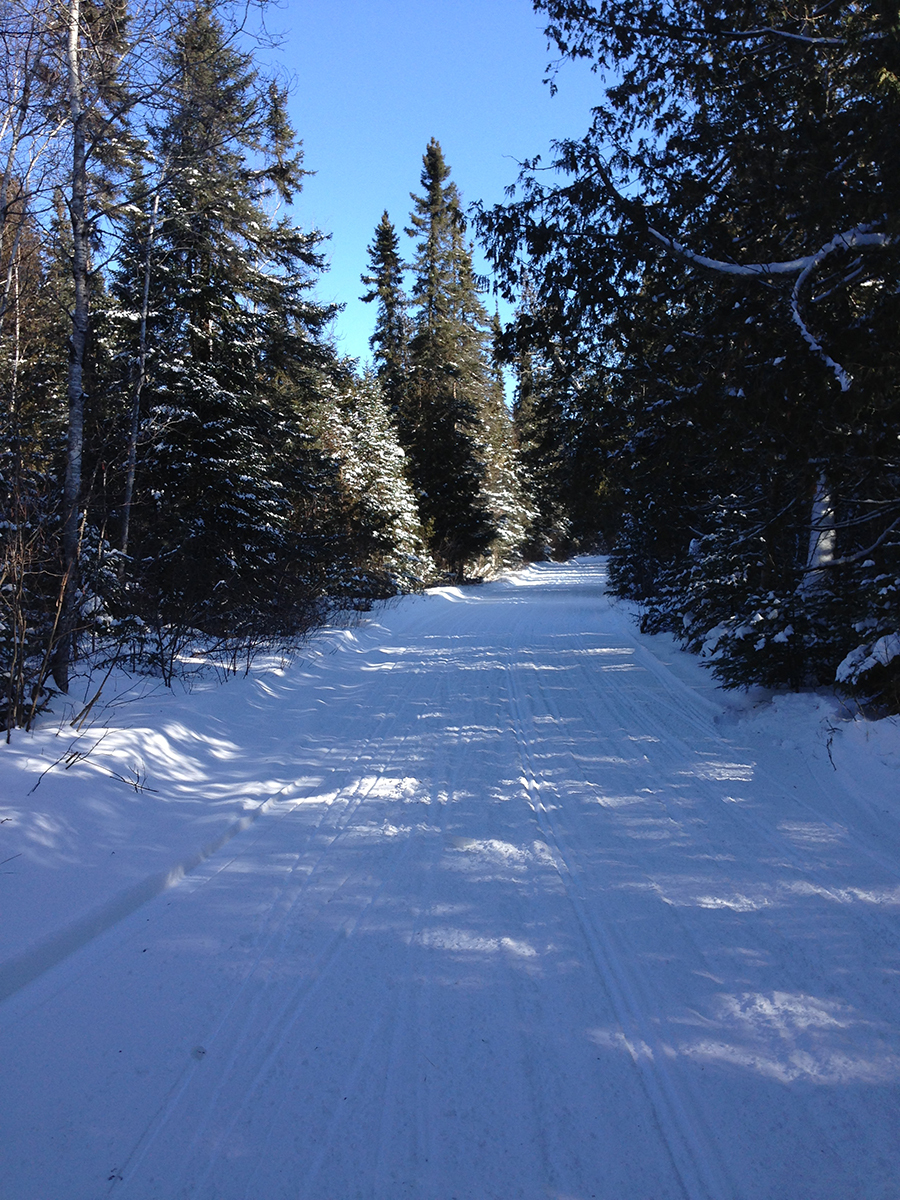
Fact is though, we all don’t have a budget for a brand new, environmentally friendlier snowmobile. What then?
- First and foremost is regular maintenance. The Canadian Council of Snowmobile Organizations (CCOS) states that “A well-tuned snowmobile is more environmentally friendly, efficient and reliable, so be sure your sled is in tip-top shape before each ride.”
- Staying on the trails is also important, reducing the chance you’ll sled into an area that infringes on wildlife, habitat or private property, emphasizes CCOS Executive Director, Dennis Burns. The OFSC code of conduct states: “Never [wander] off an OFSC trail to play in the powder. It’s not only illegal to leave the marked OFSC trail, but deep snow can hide dangerous obstacles. Your track can cause serious compaction damage that freezes dormant but fragile winter crops.”
Where trails go are closely monitored for these reasons. OFSC shares that “Clubs will confirm any permit requirements with the MNRF [now Ministry of Northern Development, Mines, Natural Resources and Forestry – NDMNRF] prior to adding or changing any trails on Crown Land.” Additionally, the Ministry shared that “New snowmobile trail construction on Public land requires a work permit from the Ministry under the Public Lands Act and must be consistent with the Crown land use policies for the proposed location of the trail.”
Burns adds some projects can involve many Ministries and stakeholders. “Most people do not understand that a bridge being installed for example, may involve hiring an engineer, submitting your plans, and—depending on the stream or river—completing an environment assessment and a number of additional steps that might require approvals from the Ministry of Transportation, private owners or corporations, townships, chambers of commerce, the Coast Guard, and NDMNRF. Work permits are then only issued based on fish spawning timelines or certain high heat/high fire risk conditions.” Much of this relies on the hard work and efforts of local volunteers.
- Never ride in areas reserved for endangered species or other protected habitat and respect any wildlife you may come upon. “We all have a personal responsibility to avoid habitat such as cariboo, deer, bears and other wildlife”, said Burns. Animals are more vulnerable in winter so keep your distance by leaving them alone and if you do see a deer, a lynx or maybe a wolf, allow them to move away from you at their own pace.
- Take the time to learn about the environment in an area where you ride frequently. Find out the wildlife species known to populate the region, their habits, and where they make their dens or nests. Learn about the trees and plants you sled past. Find out if the area is considered environmentally sensitive and if there are some specific concerns. Having this information can help guide your sledding behaviour in a way that’s a win-win for everyone and everything.
- Keep the noise down. One of the biggest disruptions can be noise pollution. Adding non-stock after market pipes to motorized snow vehicles – which are against the law in Ontario – or revving motors unnecessarily isn’t music to anyone’s ears, including property owners, livestock and other wildlife.
- Slow down, enjoy nature, and the scenery all around you. Traveling at high speeds not only increases noise pollution, but also the chance you may cause harm to wildlife, vegetation, yourself, or others.
- Check the OFSC Trails App to ensure the trails are open. This will ensure there’s enough snow before you go. An adequate base of snow reduces the chance that you’ll turn up soil and vegetation that could cause lasting damage.
- Take everything out you bring in. This includes any garbage such as broken belts, oil containers, anything from your trail repairs, your lunch, soda cans and water bottles, etc. Bring it all home and dispose of it accordingly.
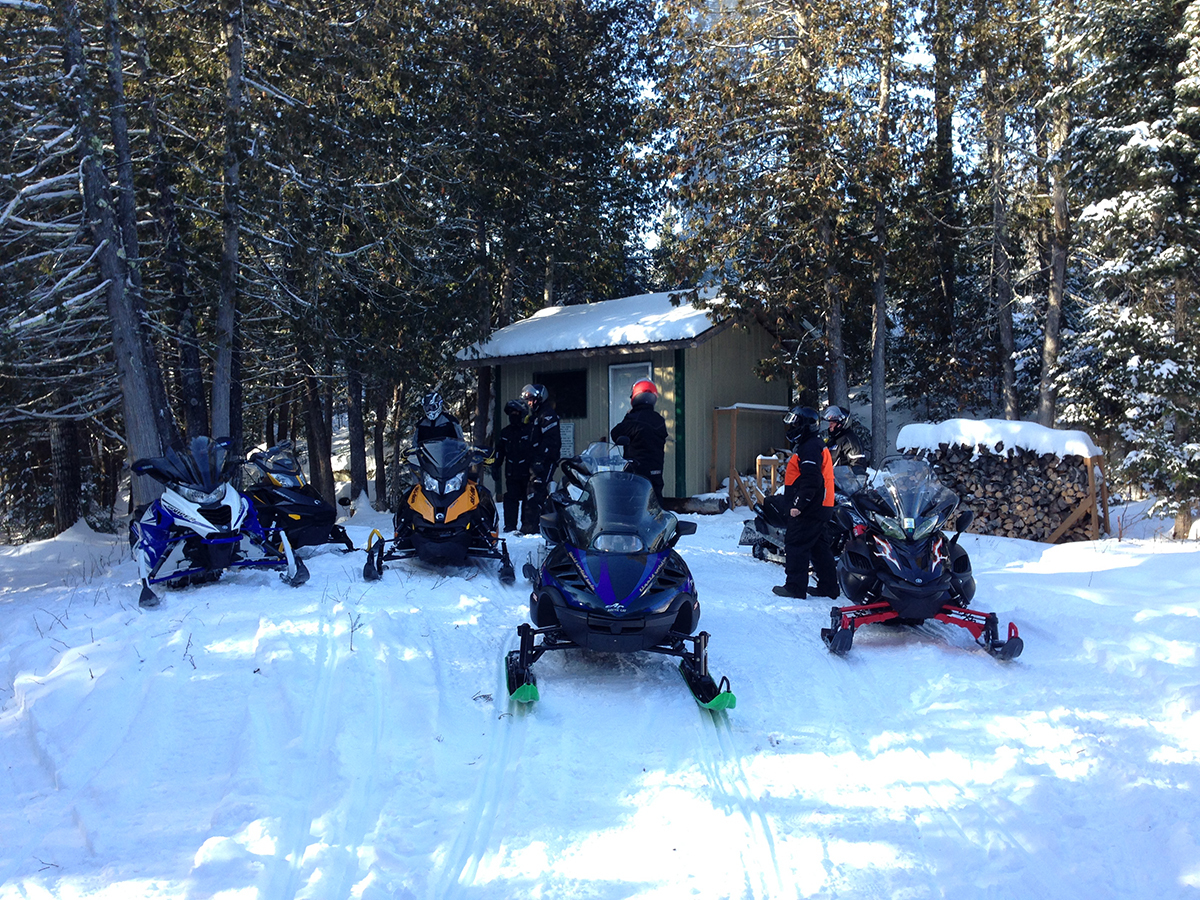
If we’re out on our sleds, it’s because the great outdoors is calling us.
Let’s all answer it with the respect it deserves. Mother Nature and the next generation of sledders will thank us.
To legally access available recreational OFSC Prescribed Snowmobile Trails, Ontario law requires snowmobilers to purchase an Ontario Snowmobile Trail Permit. Seasonal and multi-day permits are available through OFSC.
February Is National Environment Month. The Canadian Council of Snowmobile Organizations Snowmobile Responsibly Campaign reminds riders to keep nature beautiful.
Top Tips to Tread More Wisely This Snowmobile Season
Consider new technology
Follow the trails
Avoid reserved areas
Get into the know about nature
Keep the noise down
Take out what you bring in
Respect the land we all love
* Ontario law requires a snowmobile entering an OFSC Prescribed Snowmobile Trail to display a valid Ontario Snowmobile Trail Permit.
Recommended Articles
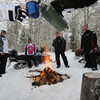
The Complete List of Snowmobile Events in Ontario 2025-2026

The Best Snowmobile-Friendly Lodges
Snowmobiling Winter Weather Forecast 2025-2026

I Rode the Explorers Snow Tour in Ontario and Here’s What It Was Like
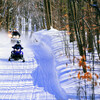
Why Ontario is One of the Best Snowmobile Destinations in the World
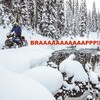
11 TikToks That Prove Ontario is the Best Place To Go Snowmobiling

5 Weekend Snowmobile Getaways Near the GTA
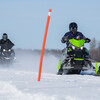
31 Ways To Get In The Know About Snowmobile Trail Riding in Ontario

A Beginner's Guide to Snowmobile Lingo

